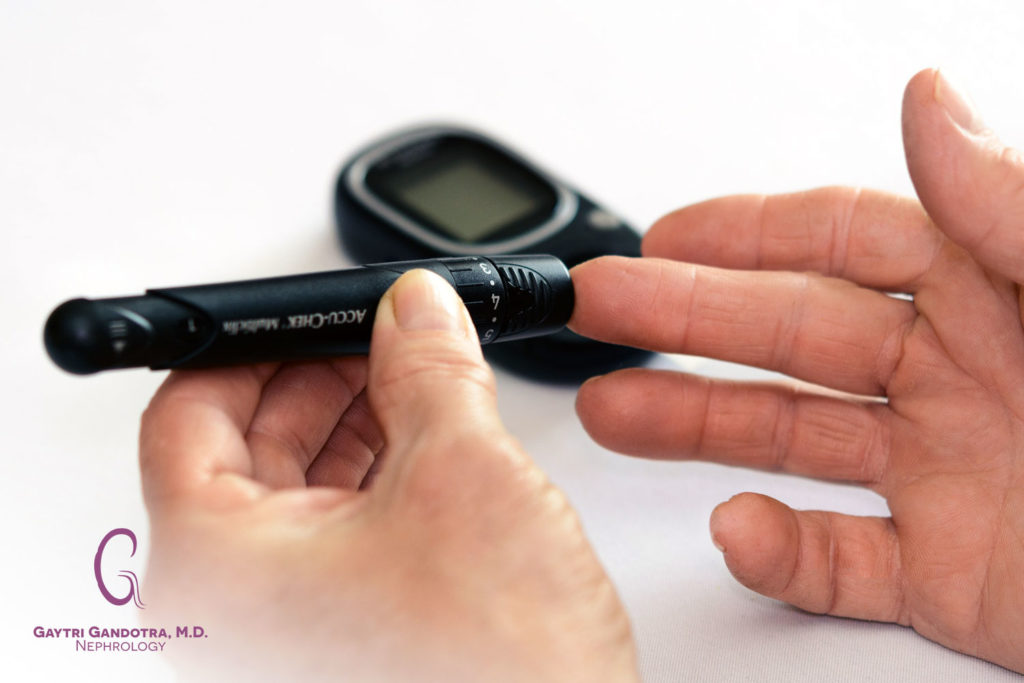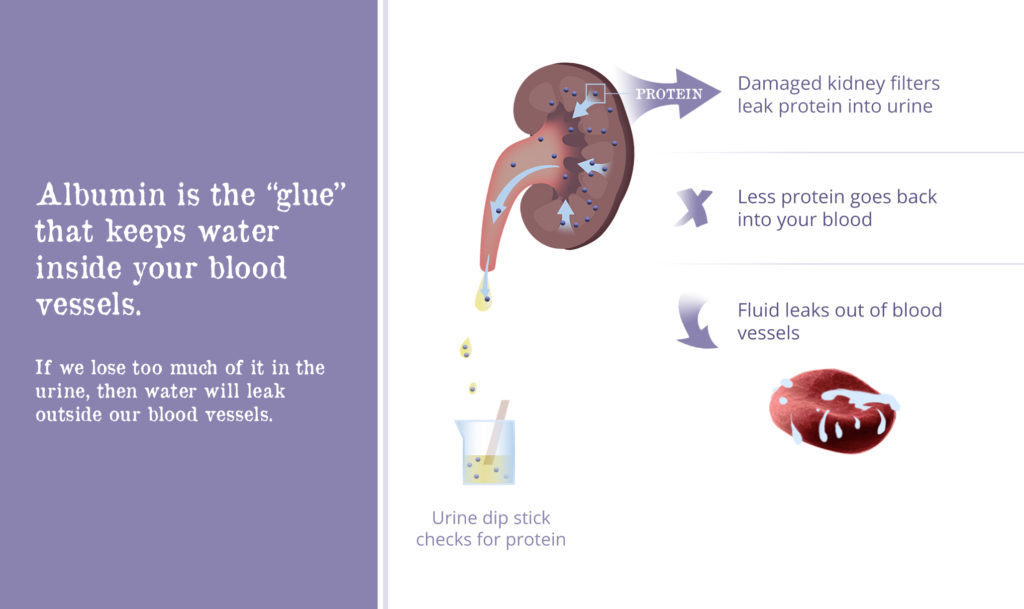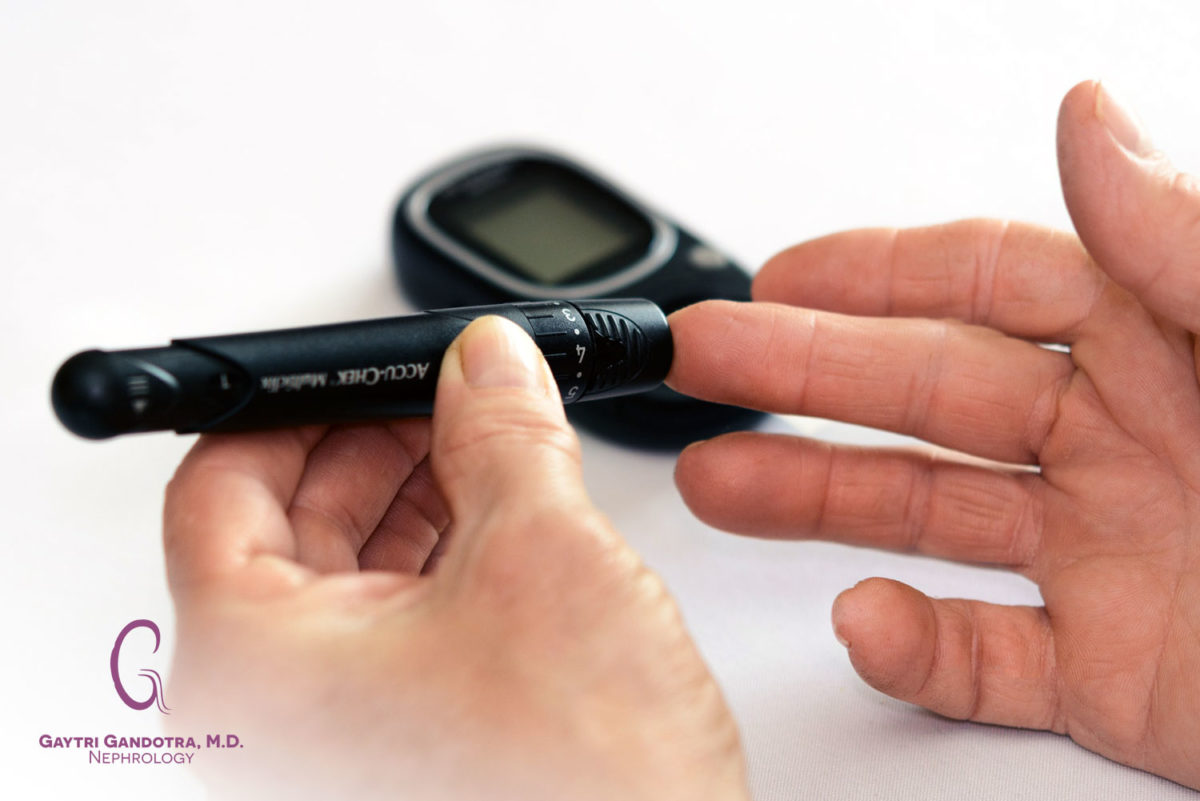Have you noticed foam, froth, or an unusual amount of bubbles in your urine? Maybe your hands or feet are swelling more than normal? These are symptoms of excess protein in urine, also known as proteinuria. This condition is typically caused by issues with the kidneys (which are the body’s natural filters). There are various causes that may lead to kidneys failing to filter protein from urine properly. So how can a person tell if they have proteinuria?

Dipstick Test
The urinary dipstick your doctor orders can test for protein in the urine, but it is only positive in those with > 300 mg / 24 hours of protein. The urinary dipstick only detects albumin which is a large molecule produced by the liver. This means that the dipstick test does not always flag lower levels of excess protein.

Up to 150 mg of albumin per day is normal, so levels between 150-300 mg per day can be difficult to detect. A condition called nephrotic syndrome can cause these levels to rise, which in turn creates noticeable symptoms including:
- Swollen Face, Legs, and Eyes
- Distended Abdomen
- Shortness of Breath
It is recommended to talk with your doctor if you are experiencing any of these symptoms. Other than these symptoms, there is another major risk factor for developing proteinuria.
Diabetes is the #1 Cause of Proteinuria
One of the most common causes of proteinuria in the US is diabetes. Diabetes affects the eyes, the nerves, and the kidneys. Once can have a normal serum creatinine and GFR but still have protein in the urine. One way to quantify the exact amount of protein in the urine is by doing a 24 hour collection. A kidney biopsy may also be ordered.
If you have diabetes and are concerned that you may be developing proteinuria, talk to your doctor.

